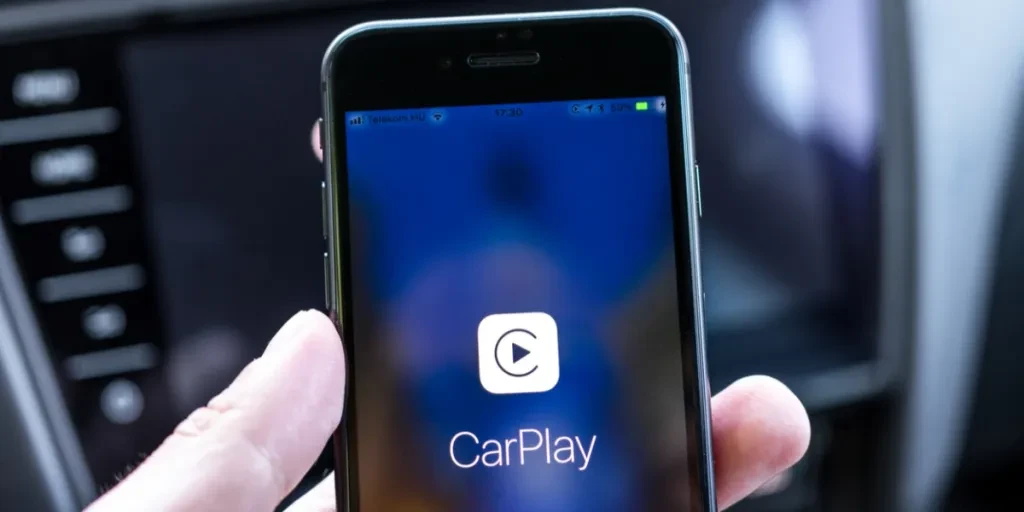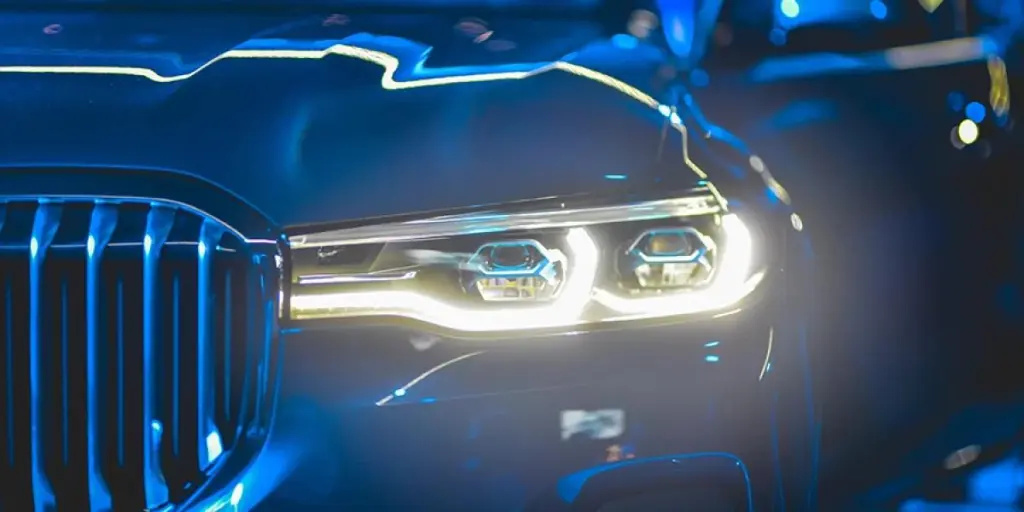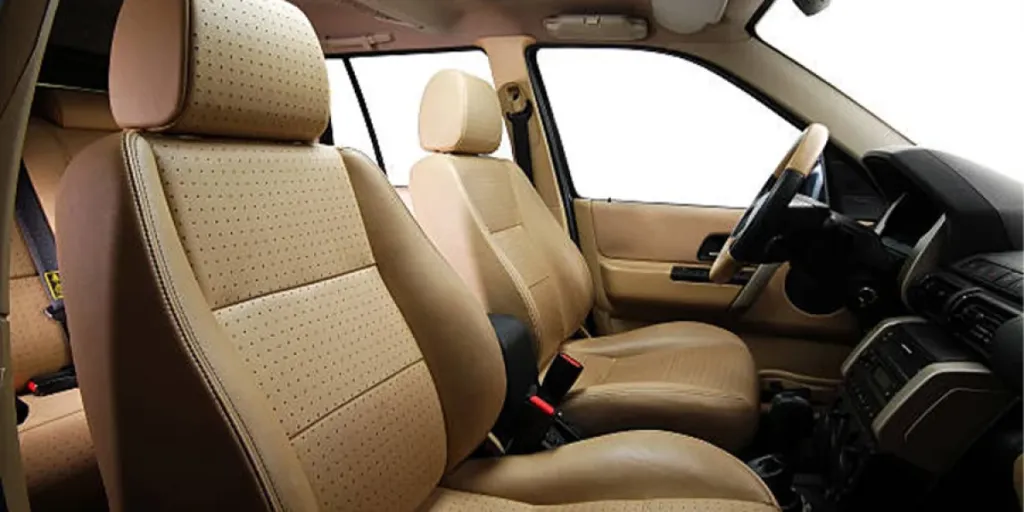CarPlay has become one of those features people can’t seem to live without once they’ve tried it. The ability to access music, get directions, and make calls through Apple’s interface can feel like a game-changer. But amid all the excitement, some questions remain: Should you go wired or wireless? Which is simpler? And which yields better audio quality?
It pays for retailers to understand the differences and become an invaluable resource to their customers. In this article, we’ll break down the core differences, highlight common misconceptions, and offer tips for helping businesses and drivers choose the right CarPlay solution.
Table of Contents
Wired CarPlay in a nutshell
Pros of the wired experience
Cons worth noting
Wireless CarPlay at a glance
Benefits of going wireless
Downsides of going wireless
Addressing common myths and complaints about wireless CarPlay adapters
1. “Wireless CarPlay has terrible lag”
2. “The audio delay is the adapter’s fault”
3. “Wireless CarPlay has terrible sound quality”
What to consider when stocking wireless CarPlay adapters
1. Compatibility
2. Ease of installation and use
3. Reliability and stability
4. Firmware and update support
5. Certifications and compliance
Wrapping up
Wired CarPlay in a nutshell
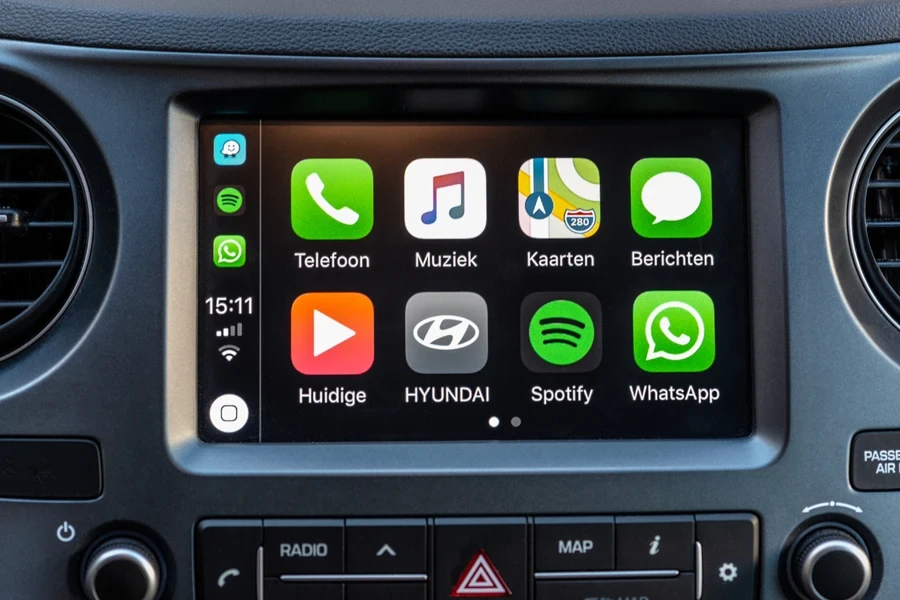
Wired CarPlay is extremely simple to use: Just plug in an iPhone to the car’s USB port with a Lightning cable, and the infotainment screen will transitions to Apple’s CarPlay interface. The phone will also charge while connected, ensuring that it won’t run out of battery.
Pros of the wired experience
- Steady connection: A direct cable link means reduced latency (that annoying lag between tapping something on-screen and the phone responding)
- No battery worries: The phone charges when plugged in, so you can drive for hours straight and still arrive at your destination with a 100% battery.
- Superior audio quality: Wired CarPlay transfers data via a cable, meaning it’s usually less compressed than over wireless. Audiophiles may appreciate the difference, but most everyday users are unlikely to notice the difference.
Cons worth noting
- Cable clutter: Random cords can be an eyesore, especially if the car’s console lacks the means to tuck them away
- Restricted phone placement: The device can’t be moved freely throughout the car if tethered to the dashboard. This can hinder you when you need to scan QR codes at drive-throughs or parking gates, for example.
- Risk of wear and tear: Over time, connectors can become loose, which might disrupt the CarPlay session mid-trip
Wireless CarPlay at a glance
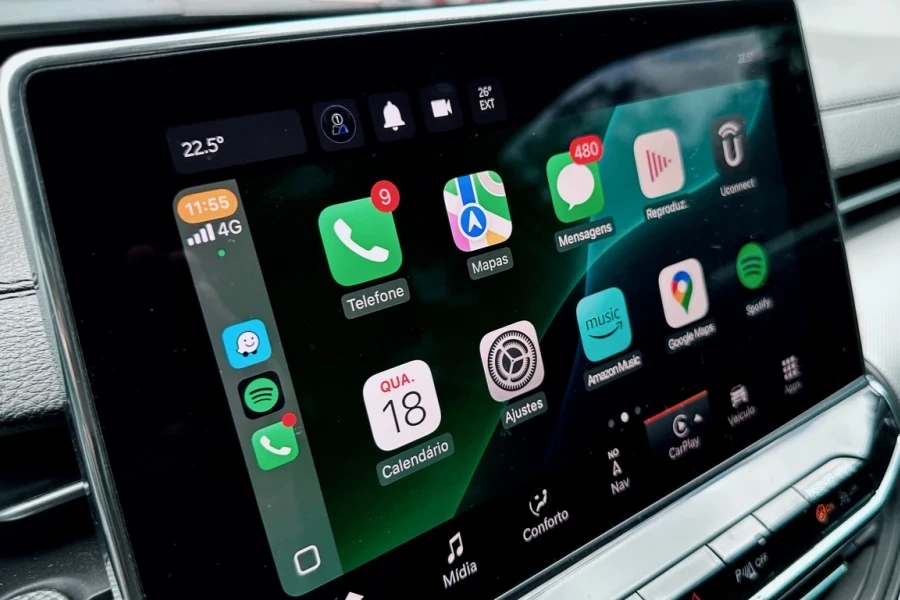
In a wireless system, the iPhone connects to the car’s head unit with a Wi-Fi and/or Bluetooth link via a CarPlay adapter. (In practice, Bluetooth often handles pairing, then Wi-Fi steps in for the heavier data transfer.) Once users set it up, they only need to enter their car and enjoy automatic pairing – no plugging in required.
Benefits of going wireless
- Total freedom: Let’s say you want to keep your phone in a pocket or purse – no problem, as wireless CarPlay still fires up without needing to lift a finger
- Cleaner look: Since there’s no cable, your dashboard will remain less cluttered
- Convenient for short trips: Not having to plug in can be a real perk, especially if you’re only driving short distances at a time
Downsides of going wireless
- Slight latency: Because data travels wirelessly, there may be a small delay, especially when skipping songs, etc.
- Potential disconnections: Modern wireless CarPlay adapters (factory-installed and aftermarket) have improved drastically, but occasional dropouts can still happen
- Battery drain: If you don’t charge via a cable and are using battery-intensive apps (maps, streaming music, calls), your battery may drain more than expected
Addressing common myths and complaints about wireless CarPlay adapters

1. “Wireless CarPlay has terrible lag”
Wireless CarPlay will typically have more lag than wired, but it’s often not so extreme that it ruins the experience. Think of it as a 1-2 second hesitation.
Some drivers barely notice it, while others can’t get over it once they hear it. So, consumers who are especially sensitive to delays (like quickly shuffling songs or tapping around navigation screens) may prefer a wired connection.
2. “The audio delay is the adapter’s fault”
Many assume the adapter brand is to blame when they experience a delay. But it’s mostly Apple’s ecosystem and how CarPlay handles wireless audio streams that causes this, and every wireless CarPlay setup (BMW, Mercedes, or an aftermarket brand) experiences some form of audio buffering. It’s typically not the device so much as the system that ensures a continuous stream.
3. “Wireless CarPlay has terrible sound quality”
The audio difference between wired and wireless CarPlay is minimal to the average ear. However, anyone who invests in premium speakers, custom equalizers, and the like may complain that wireless has worse sound. Regardless, wireless CarPlay generally improves sound quality compared to standard Bluetooth streaming.
What to consider when stocking wireless CarPlay adapters
1. Compatibility
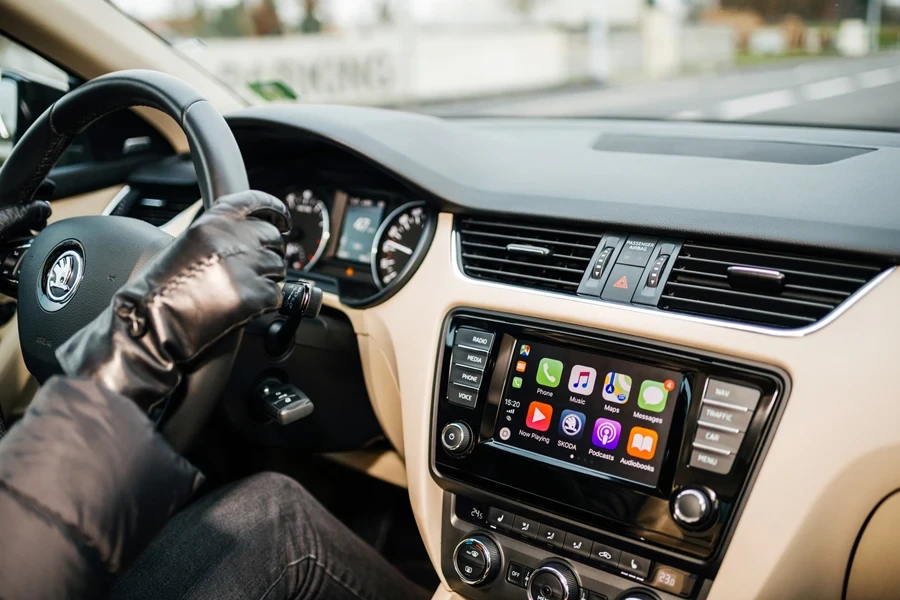
When stocking adapters, the first thing to check is compatibility. Ideally, the wireless CarPlay adapter should work with multiple car brands, models, and years – remember, not every option works universally, so choose options that are likely to cater to your target audience’s vehicles. The more compatibility your adapters have, the less likely you’ll experience returns.
2. Ease of installation and use
If there’s one thing consumers love, it’s plug-and-play simplicity. For this reason, retailers should focus on adapters that are easy to install. This means focusing on wireless CarPlay adapters that don’t require complex setups or additional software downloads.
3. Reliability and stability
Adapters can feature different wireless connection quality, and customers will always prefer options that give them stable, near-interruption-free performance. Therefore, retailers should look for adapters with proven reliability and positive user feedback regarding reduced latency and minimal connectivity issues.
4. Firmware and update support
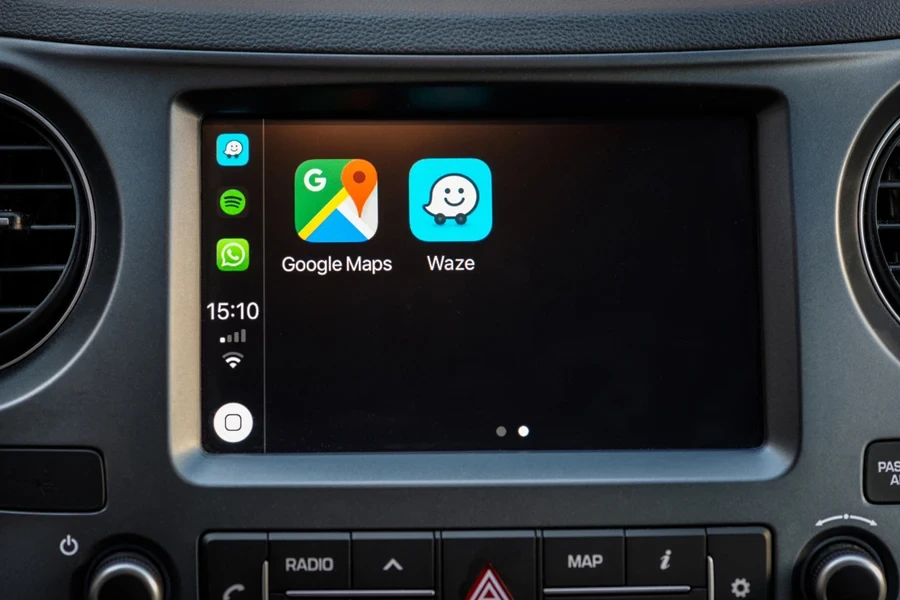
Many wireless CarPlay adapters require firmware updates to remain compatible with different car and smartphone technologies. Consider choosing adapters from manufacturers that offer easy-to-access software updates.
5. Certifications and compliance
Adapters must comply with FCC regulations, Apple’s MFi (Made for iPhone) certification, and other relevant local standards. Choosing certified products reduces the risk of legal issues and increases customer trust.
Wrapping up
Both wired and wireless CarPlay have clear pros and cons. Neither is universally “better” across every scenario, despite enthusiastic supporters of each side might try to convince your customers otherwise. A trusted retailer’s role here is to turn these strengths and weaknesses into practical advice tailored to each driver’s needs.
For consumers looking for wireless CarPlay adapters, point them toward the five-tip checklist above to help them select an option that best reflects what they want from their tech. On your side, aim to stock adapters from manufacturers with a reputation for reliability, solid customer support, and good warranty coverage.
